
20 Jul Young Athletes, Be Over-Prepared, Lean Into Fear and Risk, Live Life
By signing this waiver you agree to the death risk associated with your skydive experience.
I signed the waiver.
I signed knowing my life was on the line.
I signed fully aware of my mortality.
I signed understanding that jumping out of a plane was dangerous.
I signed because I chose an adrenaline-infused, outrageous and thrilling experience.
And this isn’t the only time I’ve plunged into danger – fearless, bold and excited.
I slept in the Amazon jungle with tarantulas bigger than my head, poisonous snakes, and deadly mosquitoes, with no protection and nothing but a hammock.
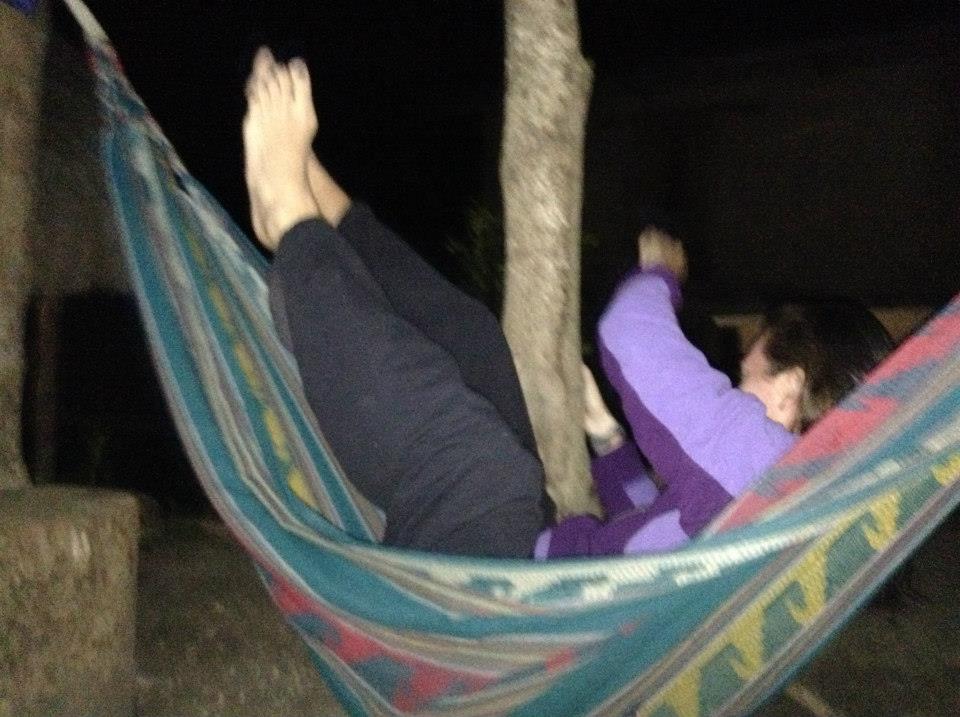
I ate maggots.
I bathed and canoed in anaconda infested waters.
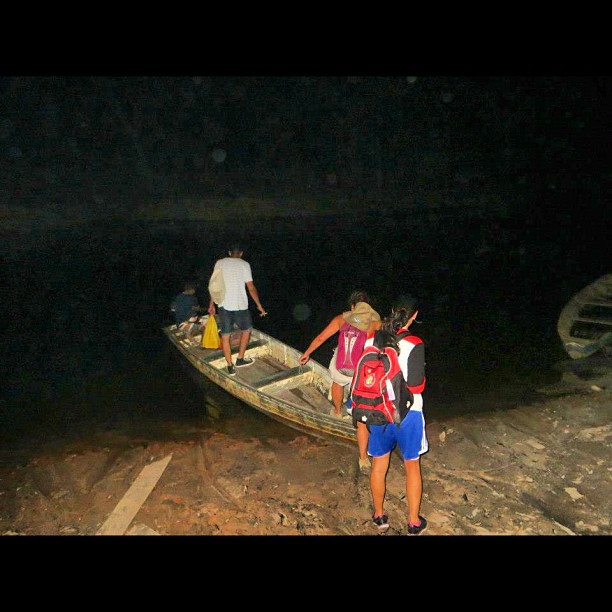
I hang glided over Rio de Janeiro, with nothing but a t-shirt and soccer shorts on, strapped to a total stranger.
I hiked Machu Picchu, ate chickens for dinner, and slept in a precarious native hut with critters crawling on me during my slumber in pitch dark.
I’ve zip-lined upside down, knowing my helmet wouldn’t save me from the 2,000 foot fall.
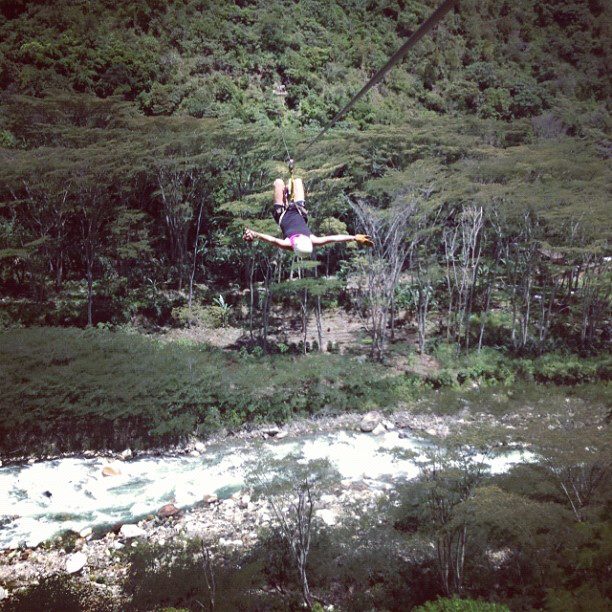
I’ve snowboarded at 11,000 feet, shredded through forests, rocketed off jumps, and zipped down double black diamond trails.
I chose all of these activities, understanding fully I might get bit by a snake, might free fall from the sky, might break a bone or several, might get eaten alive, might get a concussion from hitting a tree, and might break my spine from not landing a jump.
And yet, I threw myself into the danger because I long to experience the fullness of life – to explore uncharted territory, come in contact with new creatures and wildlife, push my body to challenging physical limits, expand my mental capacity, and adapt to unfamiliar environments.
Not only did I crave adventure, but I threw myself into danger because I felt prepared – physically, mentally, and emotionally. I trusted in myself as a malleable human to be able to mold to my surroundings, adapt, and become more resilient.
Welcome to the human race.
Nice to meet you.
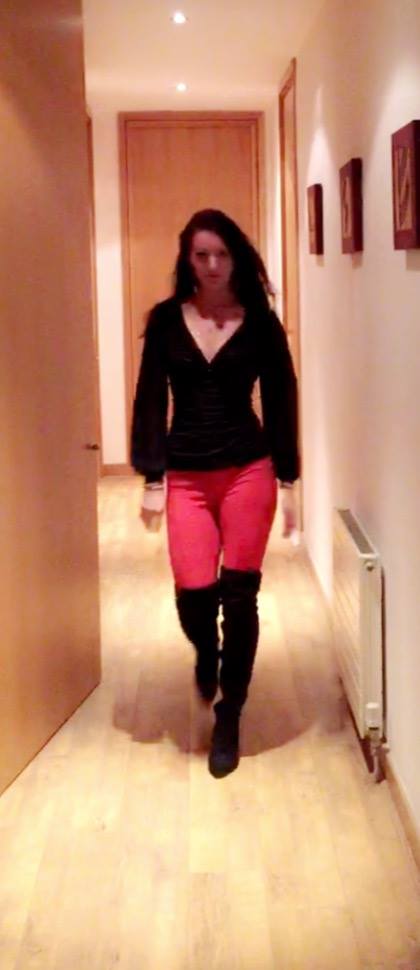
If you’re a human on planet Earth, you approach risk at every corner, in fact, become intimate with it – anxious of your mortality, yet continue your life because you know you’re capable.
Hopefully, you understand risk is an inevitable facet of life, and it’s impossible to avoid at all costs.
To long for life to be secure, safe and certain, is to ignore its oscillating essence.
It’s to ignore being the most wholehearted expression of yourself – a creative, multi-dimensional being here to adapt, overcome and thrive.
What would a life look like if secure?
What would a life look like if played safe?
What would a life look like if we hid from every threat?
What would a life look like if we didn’t dive into novelty?
How would our brains develop? How would we problem solve? How would we avoid becoming cyborgs of society? How would we develop neural connections? How would we build new mental capacity to think for ourselves?

Taking the conversation to youth sports, the same applies.
What I’m noticing more of is less free play, less risk taking, less liberation, less problem solving, and more fear, more safeguarding, more walking on eggshells, more terrified of making mistakes.
Why is it that I hear parents afraid to send their kids into the neighborhood to play with friends?
Why is it that I hear coaches shying away from tackle and roughhousing drills where kids get comfortable with combat and contact?
Why is it that as soon as someone gets pushed off the ball, we assume it’s a nasty foul?
Why is it that when a kids loses a competition, we solace him and express pity?
Sports are the ultimate risk. You get knocked down. You lose. You fight. You lose again. You get knocked down more.
Never do they guarantee safety, resilience from injury, so why are we not encouraging risk taking on the field and off? Why are we fear mongering so much?
Why aren’t we, instead, encouraging kids to prepare, to get strong, to embrace their capacity to adapt, to challenge themselves, to lean into struggle?
Why aren't we, instead, encouraging kids to prepare, to get strong, to embrace their capacity to adapt, to challenge themselves, to lean into struggle? Share on XWhy aren’t we exposing them to various environments that challenge human potential?
They might fall? They might scrape a knee? They might bleed?

By stepping onto the field, young athletes risk all of this – rolling an ankle, tearing an ACL, getting a concussion, bruising a quad, or breaking an arm.
We can’t erase risk, otherwise we wouldn’t be playing the beautiful, dynamic game. We can’t go into every tackle, every one-on-one battle, every air ball, every contact with reluctance and self doubt.
How would the magic happen? How would we try new things? How would we know what we’re capable of physically, technically and tactically? How competitive would sports be? How fulfilled would young athletes feel? How creative would they be? Would sports exist? Or would they get canceled?
I am so passionate about this because fear holds us back from showing up in our authenticity, from pursuing our passions, from living our purpose.
Fear is the ultimate robber of creativity.
Fear is the ultimate robber of creativity. Share on XFearful to make mistakes.
Fearful to get hurt.
Fearful to lose.
Fearful to get judged.
Fearful to get hated.
These don’t sound fun, do they?
Why don’t we, instead, use fear an impetus for action? Indeed, we can make it less terrifying so long as we prepare and put in the work year-round, for a lifetime.
In fact, we can over-prepare so much that we feel our body is so resilient, so robust that when we step onto the pitch, we don’t second guess, we don’t overthink, we don’t hesitate, but simply, we create, we fight, we compete, we don’t bat an eye.
We play with confidence and conviction – going into slide tackles, jumping for air balls, nudging and shielding defenders, and bolting down the field at speed with grace and poise.
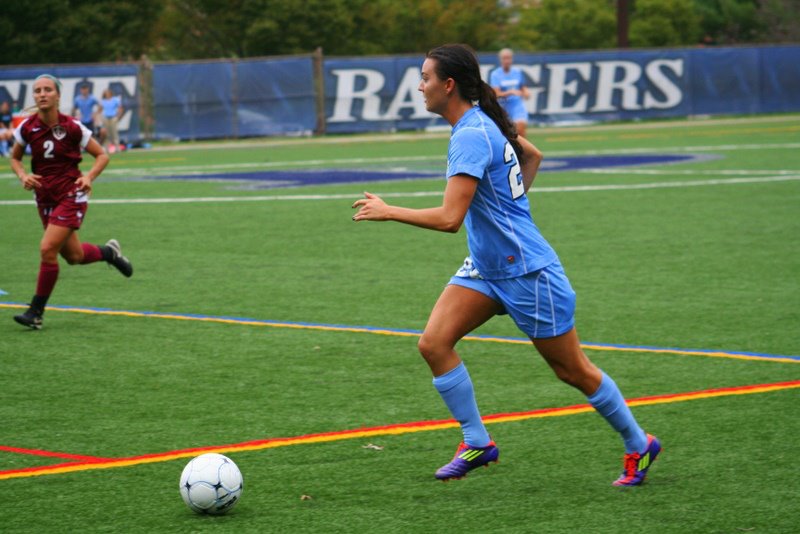
If we tip-toed around playing our hardest out of fear of getting hurt or messing up or letting down the squad, we wouldn’t be optimizing our potential, and we wouldn’t be playing sports.
We wouldn’t be leaning into what makes them spontaneous, beautiful, and exuberant and dramatic.
We wouldn’t be playing as humans.
Rather, we would be coasting as robots.
What would the sports world be if we exclaimed, “don’t tackle that player! You will hurt her!” or “don’t go for that air ball, you might roll an ankle when you land!” or “don’t wrestle with your friends, you’ll get bruised!”
It’s sure heading that way.
Even today, when a virus attacks the globe, I see people with the same attitude, avoiding danger at all costs, promoting fear, and safeguarding themselves with temporary band-aids that don’t solve the bigger, long-term issue.
Mask up. Stay inside. Lock down. Don’t go to a gathering. Avoid connection. Don’t see your loved ones. Don’t travel.
Choose what you want, I won’t judge, but what are people doing to be proactive, so they can go out and live their lives?
What are they doing to put in the work as far as improving immunity? Bolting to the nearest liquor store? Eating a bag of chips? Plopping on the couch? Being transfixed by their phone?
It’s sure heading that way.
What are people doing to take control now, to stay woke, truly woke, not fake woke, to become their healthiest selves, to be socially responsible, instead of relying on a vaccine to save them? A vaccine that isn’t guaranteed, and a timeline that could take eons.
Too, will it protect them from the next virus? The next? And an even deadlier one? Will it solve their obesity, their diabetes, their underlying conditions?
Or is there an empowering, autonomous alternative – to prepare, boost immunity, instill healthy habits in ourselves and kids, and train for the sport of life? Putting in the reps to keep growing into resilient humans.
Hydrate. Sleep. Get Vitamin D. Nourish. Move. Connect with amazing people. Hug. Love. Manage stress. Rinse and repeat, yet all things that lock down stripped us from.
Just like a young athlete preparing for sports, what are the daily steps, brush strokes, and habits put in for a lifetime to be ready for when more heat comes?
What are the daily steps, brush strokes, and
habits put in for a lifetime to be ready for when more heat comes? Share on X
A harder tackle. A sharper change of direction. A final sprint in overtime. A deadlier virus to sweep the Earth. A board meeting at a company. The MCAT for medical school. A TEDx talk. An interview. A presentation. A business investment. A divorce. A job lay-off. Can they take the heat when this all happens?
It’s just life being life. Simply, rearing it’s ugly, inevitable head.
It’s all the same message: we do our best to prepare, so we can be more confident, in fact, at peace with risk taking.
Because this much I know is an absolute in today’s question mark of a world: we can never eliminate risk. Ever.
What is a life without risk?
None at all.
As Eastern philosopher Osho states, “death is secure. Life is insecurity. One who really wants to live has to live in danger, in constant danger. One wants to reach to the peaks has to take the risk of getting lost. One who wants to climb the highest peaks has to take the risk of falling from somewhere, slipping down.”
You want security and safety? Here it is: leave this planet.
Or you can stay here and choose the dynamic life it presents.
You can choose the inevitable insecurity and continue to put in the work to be able to live it purposefully and with intention, with less fear.
It’s not about deleting risks, but it’s more about making them an itty bit less scary by doing the work day in and day out to be prepare for any gut punch.
I digress.
Do we continue down meandering down this path of not taking risks, at the expense of not living?
Do we teach our kids to hide, to stare at glowing screens, to become entranced by Tik Tok, to succumb to endless online classrooms, see virtual music teachers as the new normal, to not adventure, to discourage exploration, to not help them realize what they’re capable of, to not expose them to their strengths, and to not experience the richness of the world?
Or, do we continue to teach them to be humans, who were put on this planet to invite risk?
To adapt. To overcome challenges. To survive viruses. To get stronger through sports. To evolve from adversity. To make it out of tackles. To level up. To attack pull-up bars with 35 pounds strapped on.
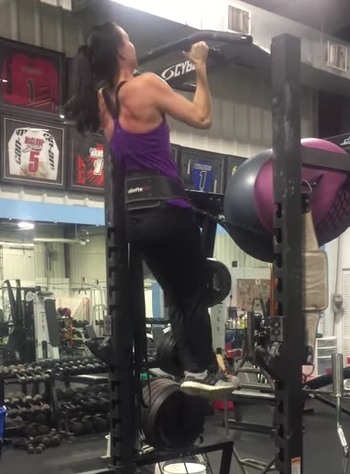
This is resilient science – a science that cannot be measured by health statistics and ‘experts.’
It doesn’t have data points, trends, graphs, or numbers. How can it? How can we measure something that infuses us with joy?
How can we measure the fulfillment we get from training hard and lasting a 90-minute match?
How can we measure the accomplishment we feel after coming back stronger from an injury?
How can we measure the smile we have when we get our first chained pull-up?
I can’t measure a colorful life through a research study.
I can’t measure trekking through Peru for four days and making it to the top of Machu Picchu.

I can’t measure the adrenaline rush that comes from jumping out of a plane.
I can’t measure the pleasure from getting lost on an island for three hours and finding paradise.
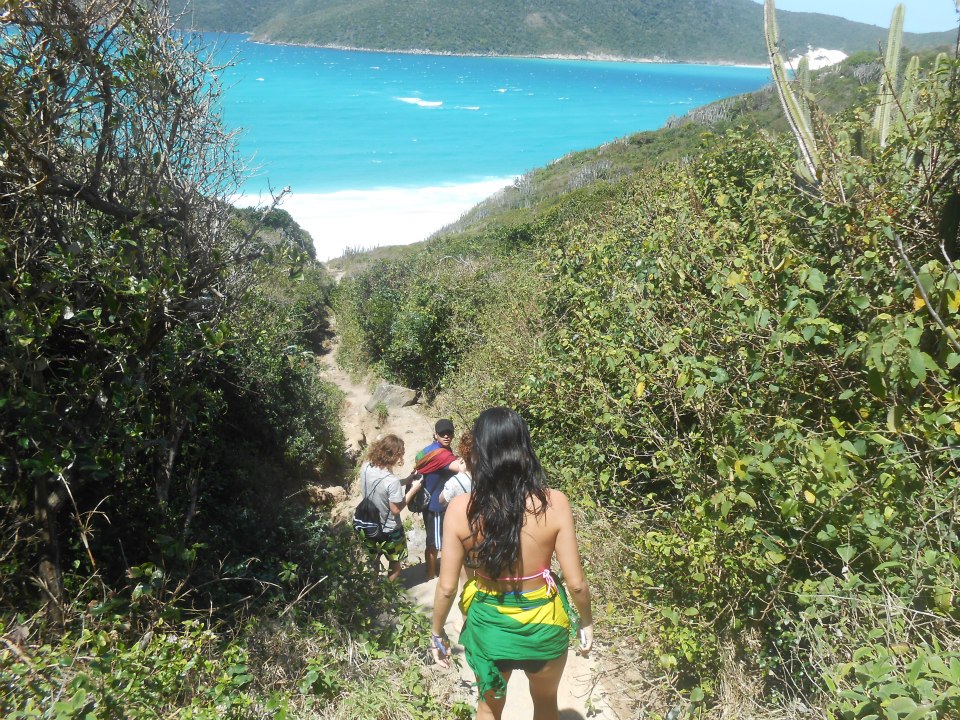
I can’t measure the thrill a human gets from hiking the Amazon jungle and catching piranhas for dinner.
I can’t measure the gratification that comes from training for years and getting through the uncomfortable reps and becoming a two-time All-American.
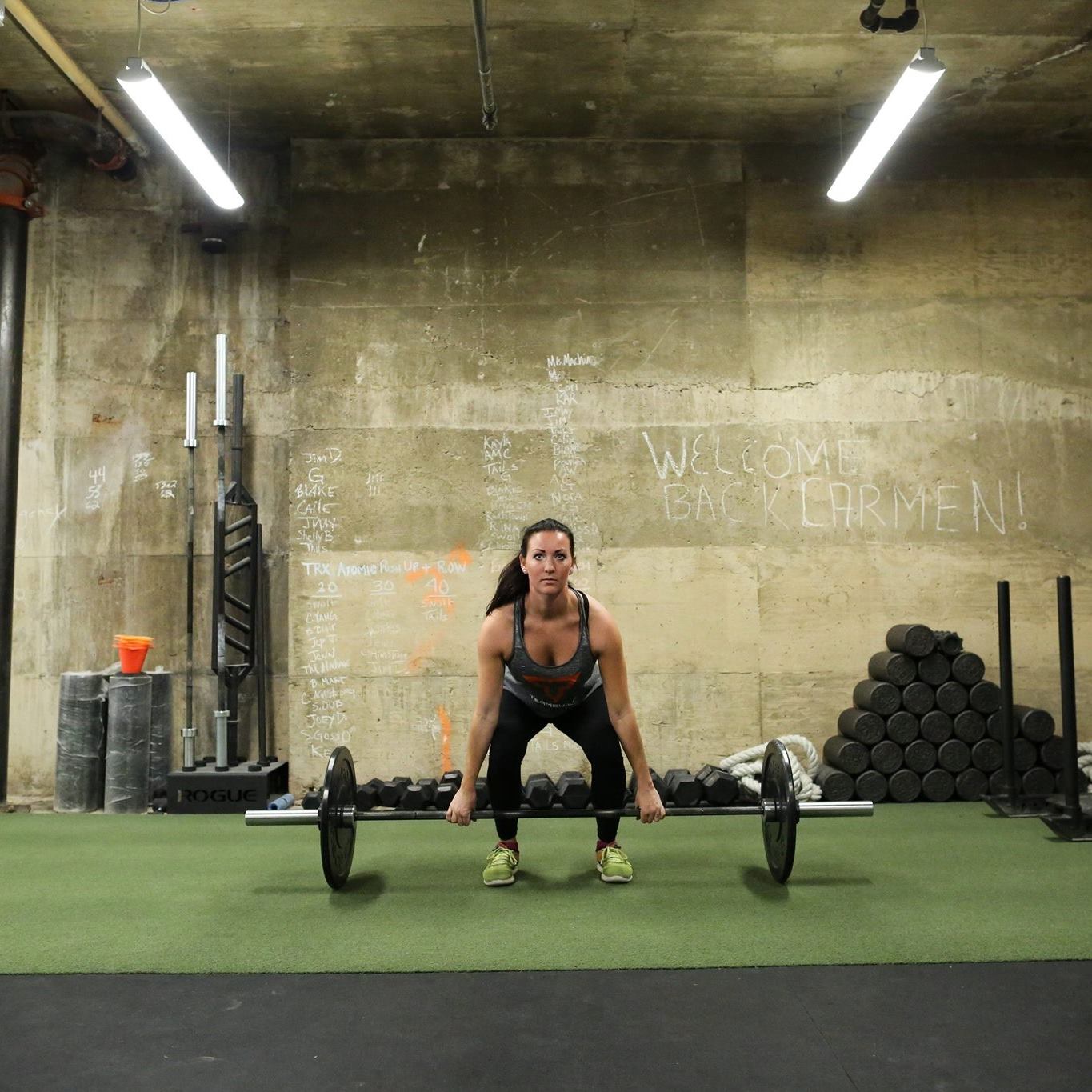
I can’t measure the sense of accomplishment a young athlete gets from trying a dazzling move against a defender and leaving them in the dust.
I can’t measure the joy of a kid who knocked an opponent off the ball in double overtime to score the winning goal.
I can’t measure the beaming smile of a young athlete and fullness of their heart when they risk breaking their back, yet score off a bicycle kick.
I can’t measure the empowerment a woman gets from surviving an abusive relationship and escaping from mental brainwash.
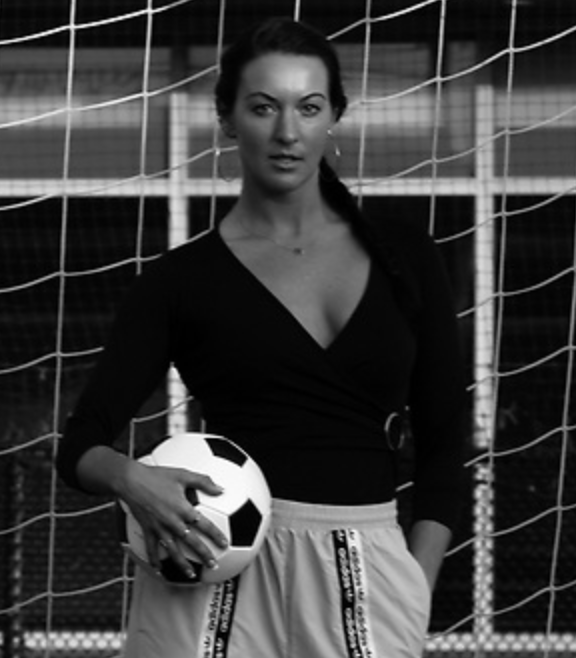
I can’t measure any of this, and had I not took risks in my life, I would have not traveled the world, met amazing beings, played soccer abroad, coached kids in Brazil, seen the lush of the Amazon, realized my physical potential, or reached my peak as a college soccer player, or left a catastrophic depression.
If you’re here for the quantifiable things, the peer-reviewed science, the measurements, , you’re in the wrong place. If you’re here for the health data analysis, leave now. If you’re here to grasp resilient science with numbers, don’t bother.
Humans are too dynamic, too unique to be narrowed down to data points, measured by numbers, and defined by charts.
We don’t follow science. Science follows us. And it better keep up.
Leaning Into Risk
Now this article isn’t to insinuate all kids live like the dare devils. That is for everyone to judge uniquely.
Nor, is this piece to pass judgement on how everyone is reacting to the current state of the world and the virus.
Personally, if people choose to hide, fine. If they choose quarantine as their most viable option, wonderful. Go on.
But, spare me the hate when my intent is genuine, out of tremendous care for the future of children, and births from my fiery belief that people can take care of themselves and over-prepare for everything.
Too, people have the right to define what a quality life is to them.
Personally, I had two family deaths during COVID-19, virtual funerals and unable to travel to see everyone.
The lessons learned here were what is a life? Being able to hug family? Being able to be there for a funeral? Being able to travel?
Truthfully, my family wishes for me to continue to live out my days to the fullest, not scared, and whether I die five days from now, or many years down the road, I’m living, not hiding.
They wish for a quality life, a case-by-case definition for all.
Shout out to my parents who are in the high risk COVID group (yet who take care of their health through nutrition and movement to fight aging and disease), who are now driving across the country as I write this, sight seeing at national parks, hiking, and living life through love, not fear.
That’s what it’s all about.
We can’t measure the experiences that fill the soul of a fearless human.
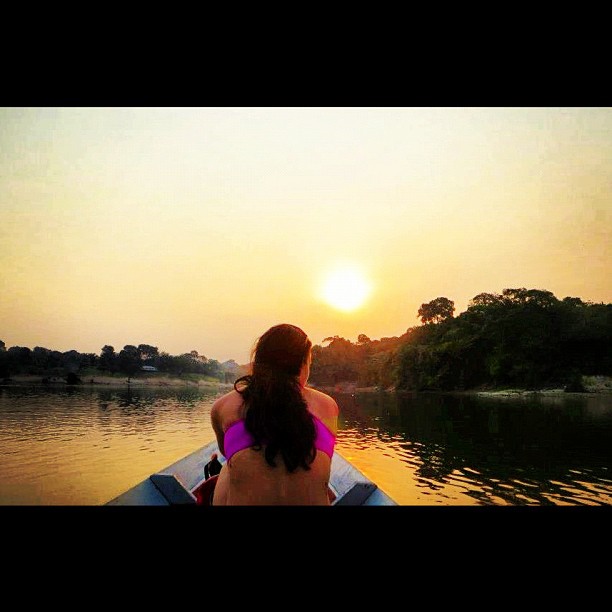
I want to hammer home that fear lurks at every turn – youth sports, career, disease, academics, travel, every industry, every pursuit, every action, every step, every investment, every hobby, everything.
We never say, ‘don’t make that investment, you’ll lose money.’
Or, ‘don’t be the first to climb Mount Everest, you’ll die.’
Or, ‘don’t start that business, you’ll go into debt.’
Or, ‘don’t get married, you might get divorced.’
Or, ‘don’t get that TEDx talk, you’ll get hate.’
Or, ‘don’t snowboard, you might break a leg.’
Or, ‘don’t play your sport. You’ll get hurt.’
Yet, we’re so quick to shout, ‘don’t get sick from a virus!’
The risks from all of these – career, sports, viruses – aren’t as terrifying if people do the work.
If the athlete puts in thousands of brush strokes of strengthening, preparing, building and adapting, they are less likely to get injured, be sick and suffer.
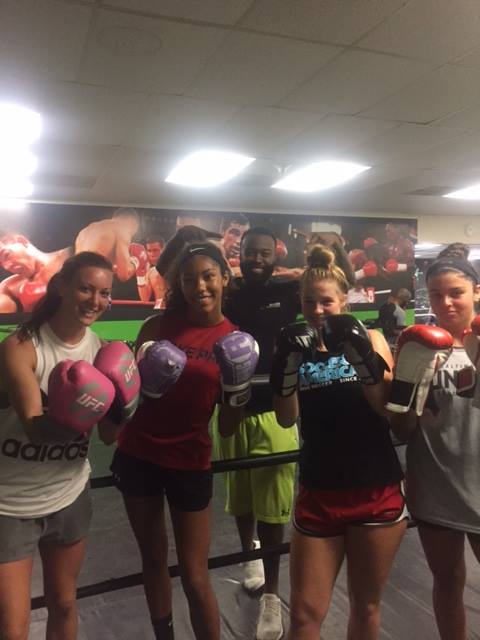
If the mom puts in years of nourishment, sleep, stress management, and hydration, she’s more likely to withstand disease and build immunity.
It takes work, though.
“But, Erica, you are a murderer! BE SOCIALLY RESPONSIBLE! THIS MESSAGE IS KILLING LIVES! HOW DARE YOU WRITE THIS BLOG!”
Here’s how I’m being socially responsible: encouraging kids to take care of their health, immunity, and express themselves. And I practice this myself as well. Daily.
Remember, it’s HARD.
It’s freaking hard to take inventory of my life, so incredibly hard.
But I do it because it’s my social responsibility for myself and others – hydrating, quitting alcohol, moving, getting in nature, meditating, praying, and doing all the things in my power to be the best version of myself, so I can brave this world fearlessly.
This isn’t about picking a side, nor is it about getting political. It is about being the best version of yourself on a planet where we cannot evade risk.
“But you’re a right wing prick!” or “you don’t care about lives!” or “you’re voting for the devil!” or “you’re insensitive!”
Easy there, reader. You have me all wrong.
But yo, I can take the heat.
My years of chained pull-ups have prepared me for this moment of inaccurate assumptions and explosive outrage from keyboard warriors. ;-O
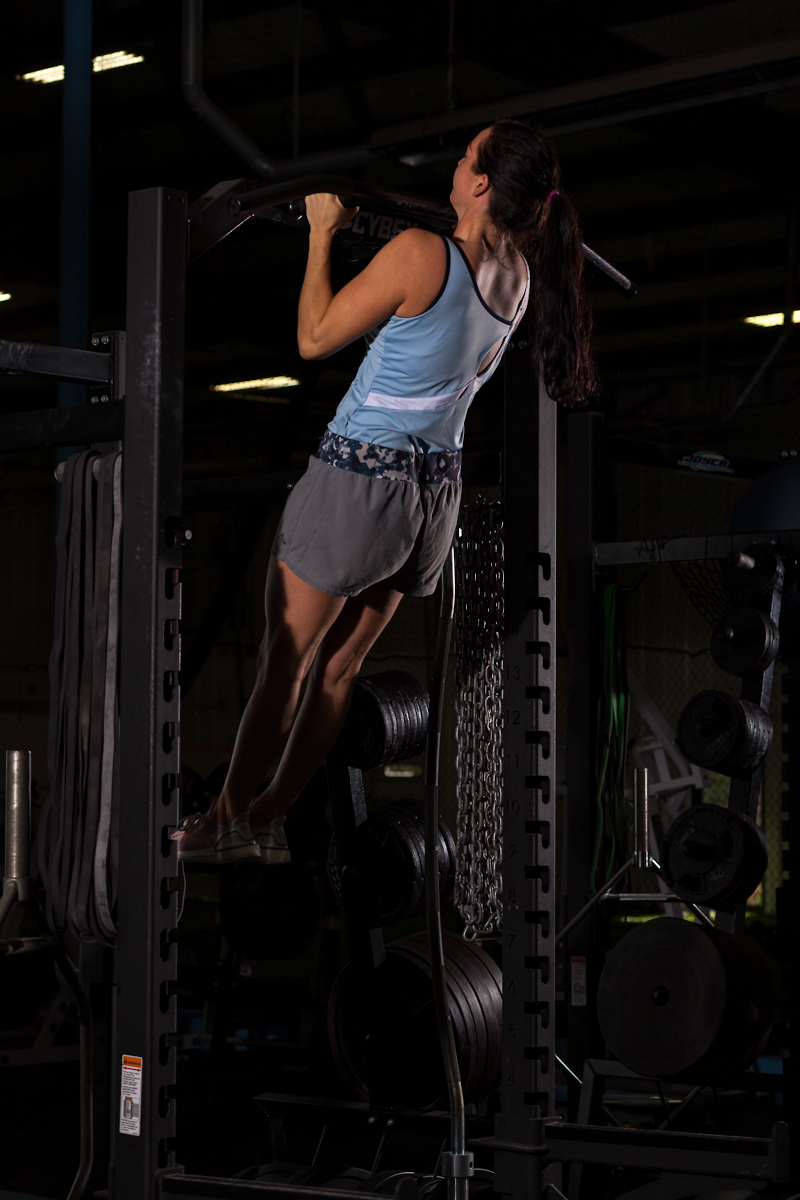
It’s devastating and sickening, the hate, to say the least.
I stand for an empowering message to humans.
I’m not right wing. I’m not left wing. I’m not insensitive. I just want kids and all humans to realize their power and take control of their athleticism, well being and health.
I am so anti-political, so incredibly done with the noise, so over the distractions and sensationalism. I’m so done with ignoring the real issue holding humans back: FEAR.
I say let the whole system go, and we move into a more beautiful world of future generations recognizing their potential for movement, health and creative expression.
I say let the whole system go, and we move into a more beautiful world of future generations recognizing their potential for movement, health and creative expression. Share on XSo what do I stand for?
The human race.
What side am I on?
The future of youth.
Who am I voting for?
For young athletes 2020.
My hope for them it to rise above the distractions, online school shenanigans, increased screen time and painful lack of self awareness, anxiety, depression, learning disorders, and to take risks, stay active, continue to develop the brain connections needed to become the most robust adults of the future.
I. Vote. For. Kids.
And I’m taking a bold stand for them to continue to express themselves fully, to play, to feel liberated, to celebrate life, to explore, to adventure, to discover, to learn, to develop their brains, to critically think, to ponder, to wonder, to recognize their inner strengths, to acknowledge their adaptability, to take risks.
To not manifest the movie Wall-e as fitless humans of the future, who are lazy, virtual puppets of society. It sure is heading that way if you open your eyes.
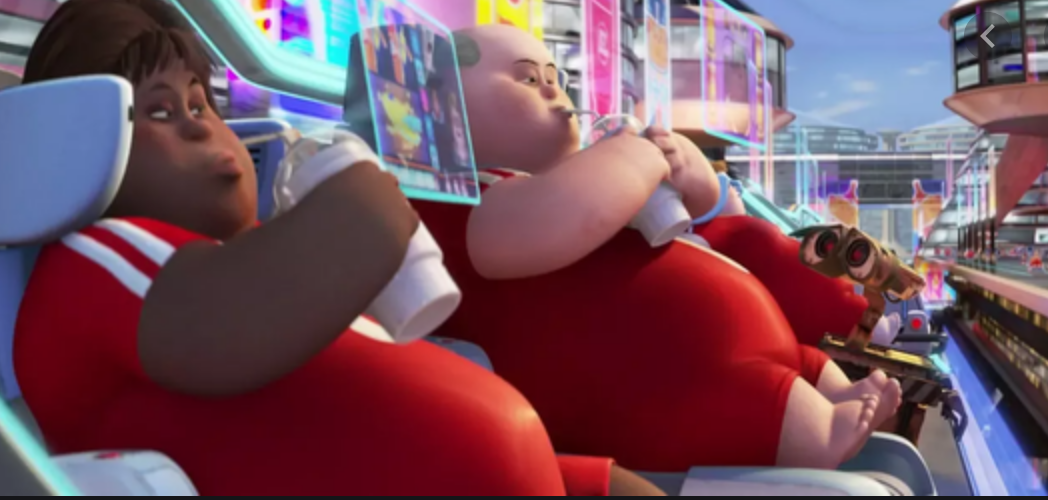
I vote for kids.
I vote for kids to lean into risk and to continue to adapt.
Sport is risk.
Life is risk.
And being fear-based isn’t accepting the nature of sports and life that is here to stay.
One more thing before I exit stage right: I’d be a terrible ambassador to the game of youth soccer if I didn’t encourage kids to challenge themselves, overcome feats of strengths, be creative, try that move, go for that starting position, go up in weight on the dead lift, push through that extra sprint, try a bicycle kick, attempt a flip throw-in, lean into risk, and adapt.
Isn’t this what we all preach so much as coaches based on science?
Periodization?
Stimulus?
Adaptation?
Creativity?
I would be remiss not to mention we also preach long-term athletic development, committing to a lifetime pursuit of performance, and not relying on a vaccine quick fix to save us.
What path are we heading down if we safeguard at all costs, wait for someone to help us, and allow future generations to stagnate?
What type of young athlete are we building?
What type of human in this world are we building?
One who is a fearful clone of society?
One who sees life as a predator to be avoided?
Or…
One who is a fearless, free thinking force to be reckoned with?
One who sees life an adventure to be lived?


Coach Bear
Posted at 01:41h, 21 JulyFreaking awesome, life is GREAT.
erica
Posted at 01:48h, 21 JulyThank you, Coach!!!
Joseph Gipson
Posted at 10:46h, 21 JulyGreat stuff
erica
Posted at 17:31h, 21 JulyThank you! 🙂
Featured Fitness Content: Volume 72 – Ruthless Performance
Posted at 10:03h, 24 July[…] Young Athletes, Lean into Fear and Risk, Live Life By Erica Suter […]
Chris Brown
Posted at 15:17h, 24 JulyLove the article
erica
Posted at 15:58h, 24 JulyThank you, Chris!